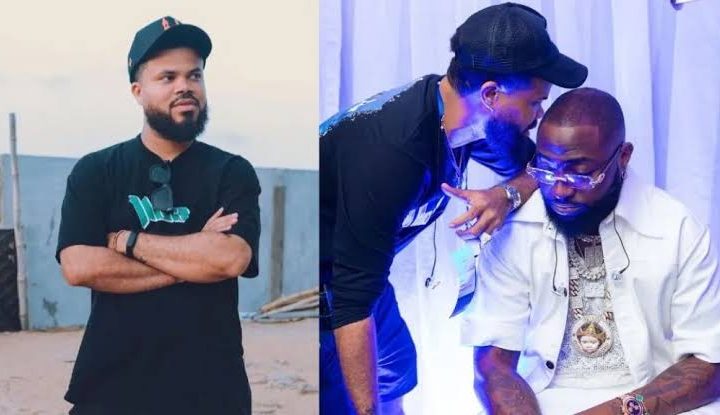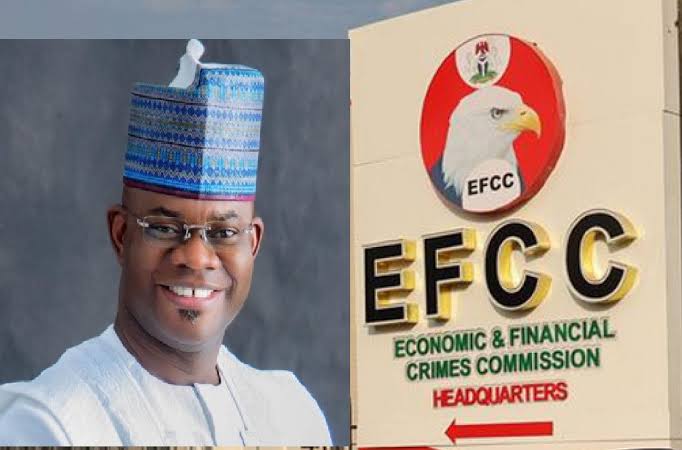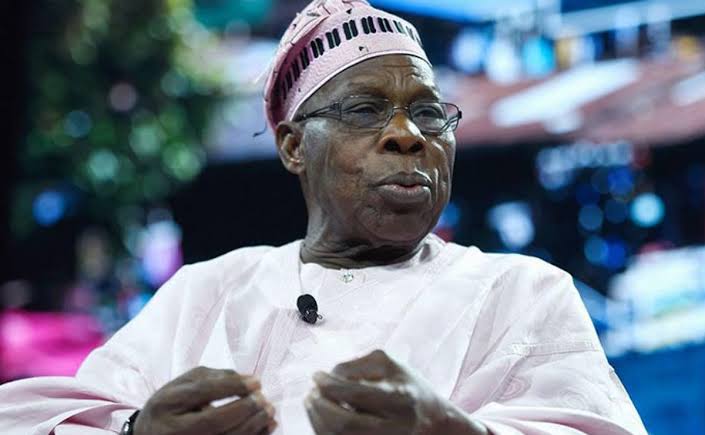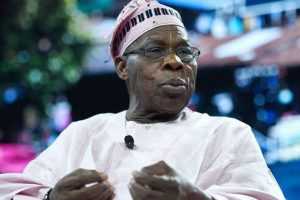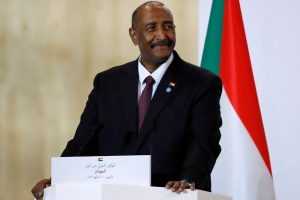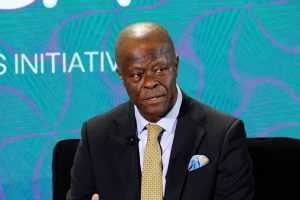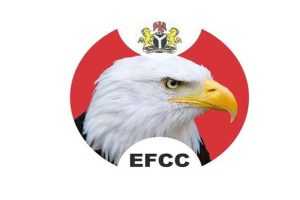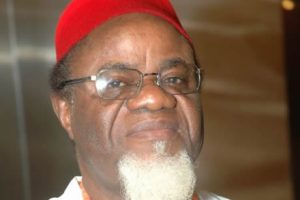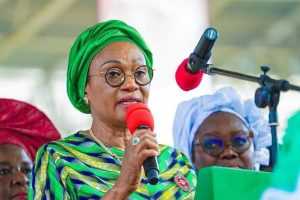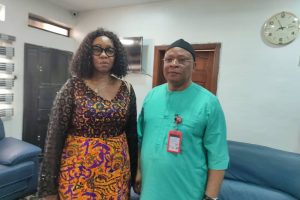Featured
Latest News
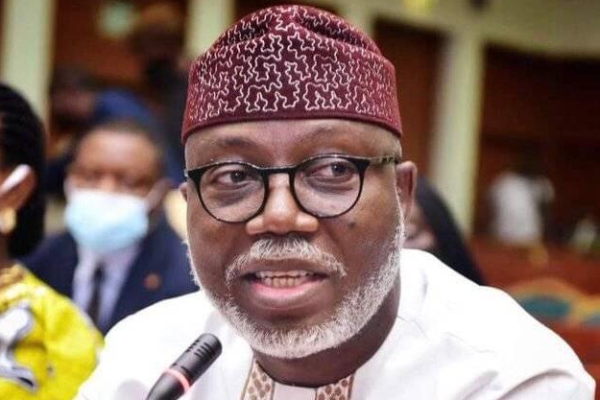
April 22, 2024
add comment
Governor Lucky Aiyedatiwa on Monday morning reacted to his emergence as the All Progressives Congress (APC) candidate...

No Human Can Give Power, Except God – Atiku
April 20, 2024
add comment

April 23, 2024
add comment
The manager of superstar Davido, Asa Asika, recently gave an insight into his artist is yet to collaborate with...

Grammy-winning artist, Mandisa Lynn Hundley Is Dead
April 21, 2024
1 comment
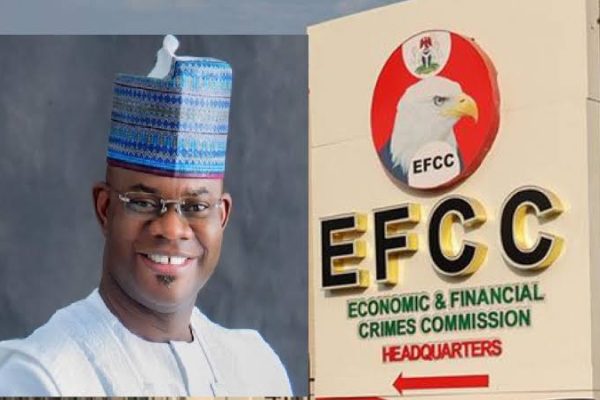
April 23, 2024
add comment
The Economic and Financial Crimes Commission, EFCC, has reacted to reports of a Court order allegedly stopping...

IG Wants NSCDC, FRSC Merged With Police
April 23, 2024
add comment
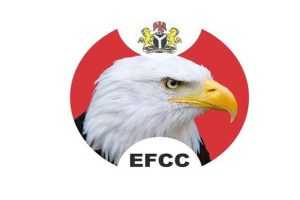
EFCC Detains Prominent Governorship Aspirants
April 23, 2024
add comment

World cup: Super Eagles to play South Africa June 7
April 13, 2024
add comment

April 22, 2024
add comment
First female transgender mosque opens in Bangladeshi In the video shared by DW, some of the worshippers...
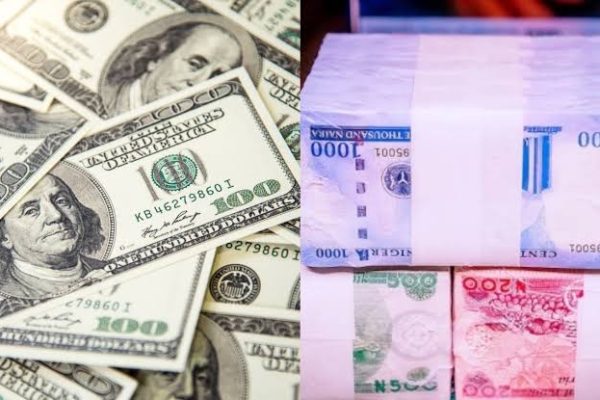
April 23, 2024
add comment
The Naira, yesterday, depreciated to N1,250 per dollar in the parallel market, from N1,140 per dollar on...
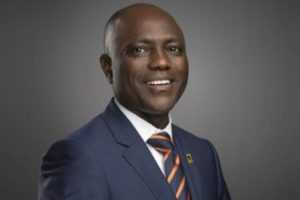
Firstbank Appoints Olusegun Alebiosu As New MD/MD
April 22, 2024
add comment

Naira Best Performing Currency Globally – CBN
April 21, 2024
2 comments
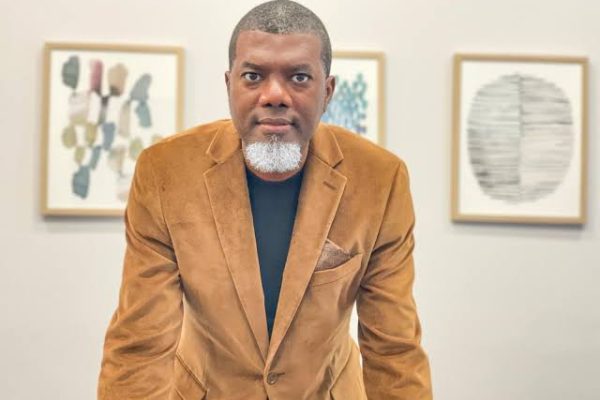
April 23, 2024
add comment
By: Reno Omokri Spraying money is our beloved culture. It has been with our ancestors for centuries...
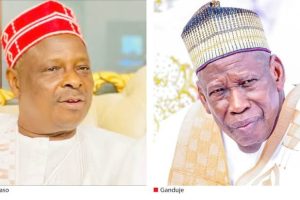
Kwankwaso’s Plot to Oust Ganduje
April 23, 2024
add comment

EFCC Vs Yahyah Bello: A Well-Deserved Embarrassment
April 19, 2024
add comment
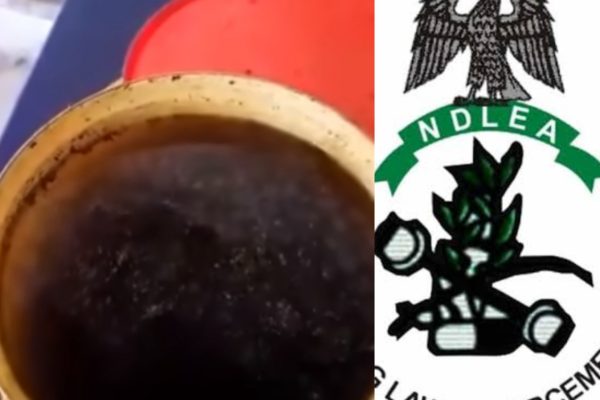
April 14, 2024
add comment
The National Drug Law Enforcement Agency has announced the discovery of a dangerous drug concoction named “Combine.”...

Jigawa confirms outbreak of meningitis in 6 LGs
March 4, 2024
add comment
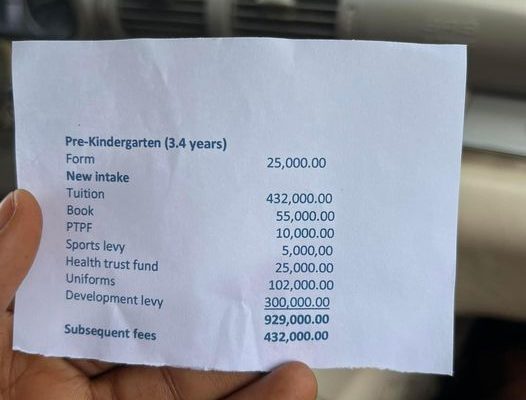
April 21, 2024
add comment
A Nigerian woman, Tanko Lami, has expressed shock after receiving a slip containing breakdown of fees for...

Female corper shows off location posted for NYSC
April 20, 2024
add comment

Top 15 most employable universities in Nigeria
April 12, 2024
add comment


